The Political Significance of Filmmakers: A Presentation Analysis
VerifiedAdded on 2023/03/17
|11
|765
|93
Presentation
AI Summary
This presentation examines the political significance of filmmakers, focusing on how movies reflect and influence society. It begins by highlighting the role of film as a visual representation of societal events and issues. The presentation then delves into the works of two influential filmmakers: Dziga Vertov, known for his innovative Montage Movement and the movie "Man with a Movie Camera," which portrays societal divisions; and Charlie Chaplin, whose movie "Modern Times" captured the impact of the Great Depression. The conclusion emphasizes the power of filmmaking to shape public perception and provide direction in understanding complex societal aspects. References to relevant academic sources support the analysis.
1 out of 11

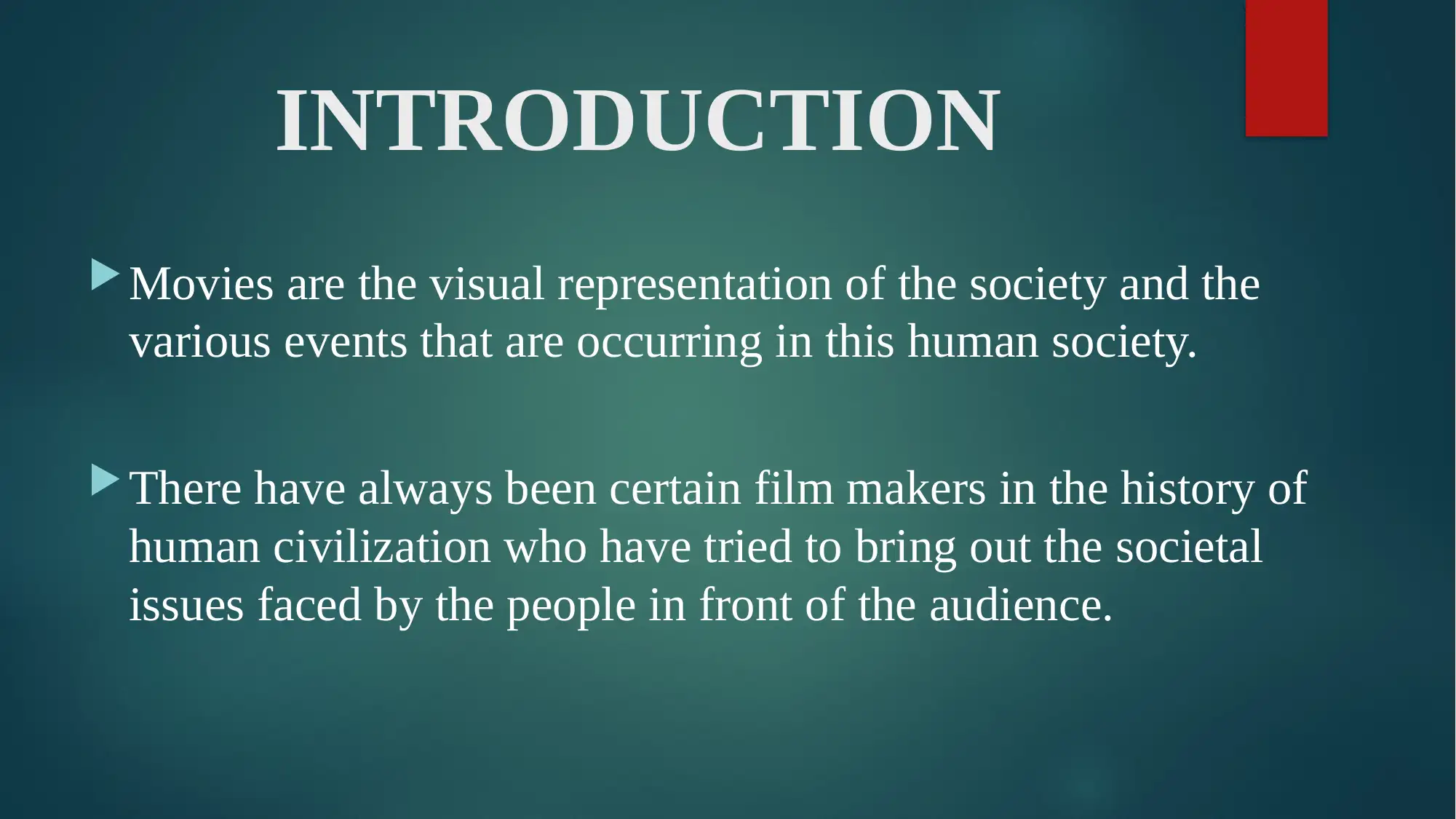


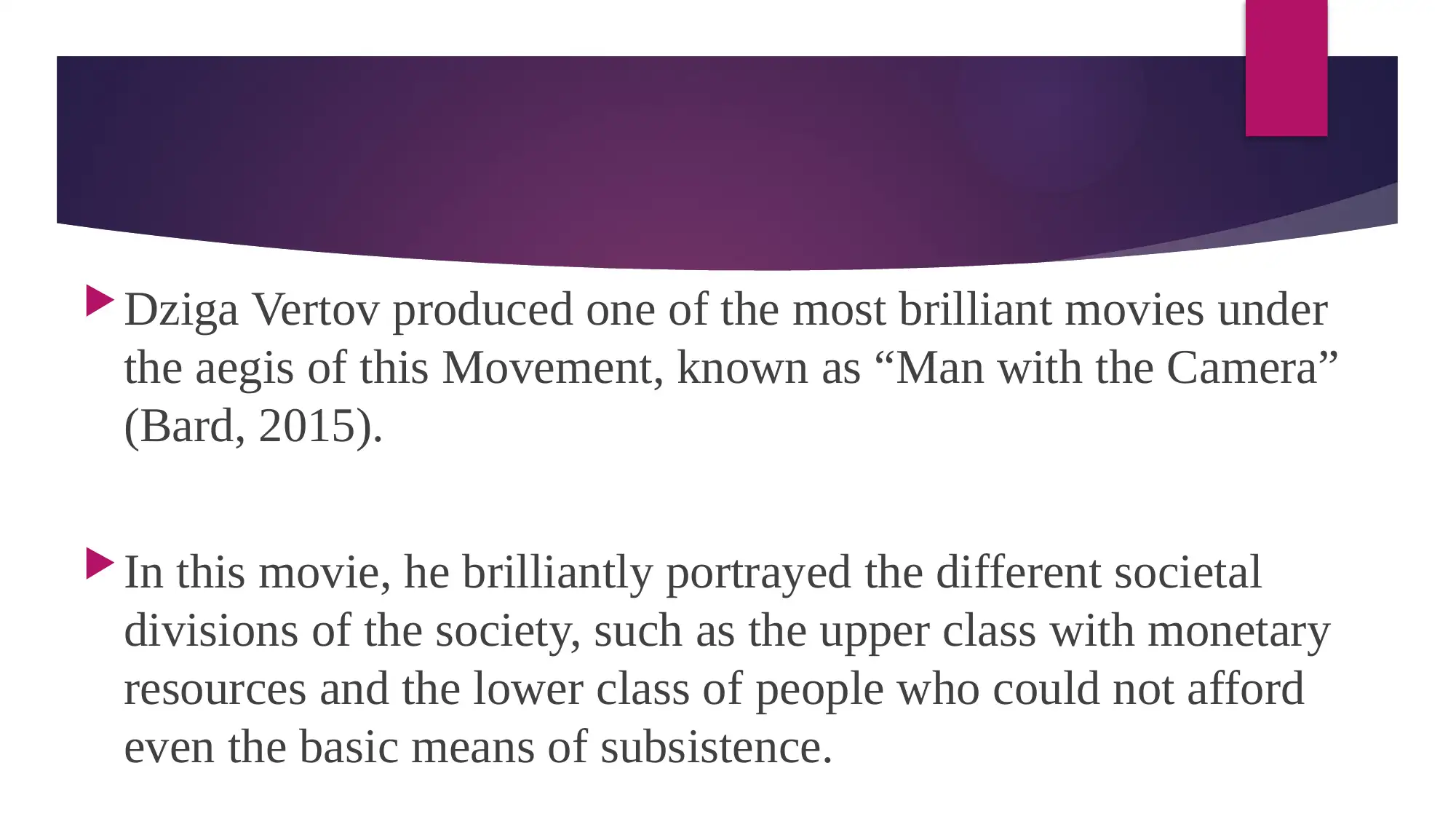
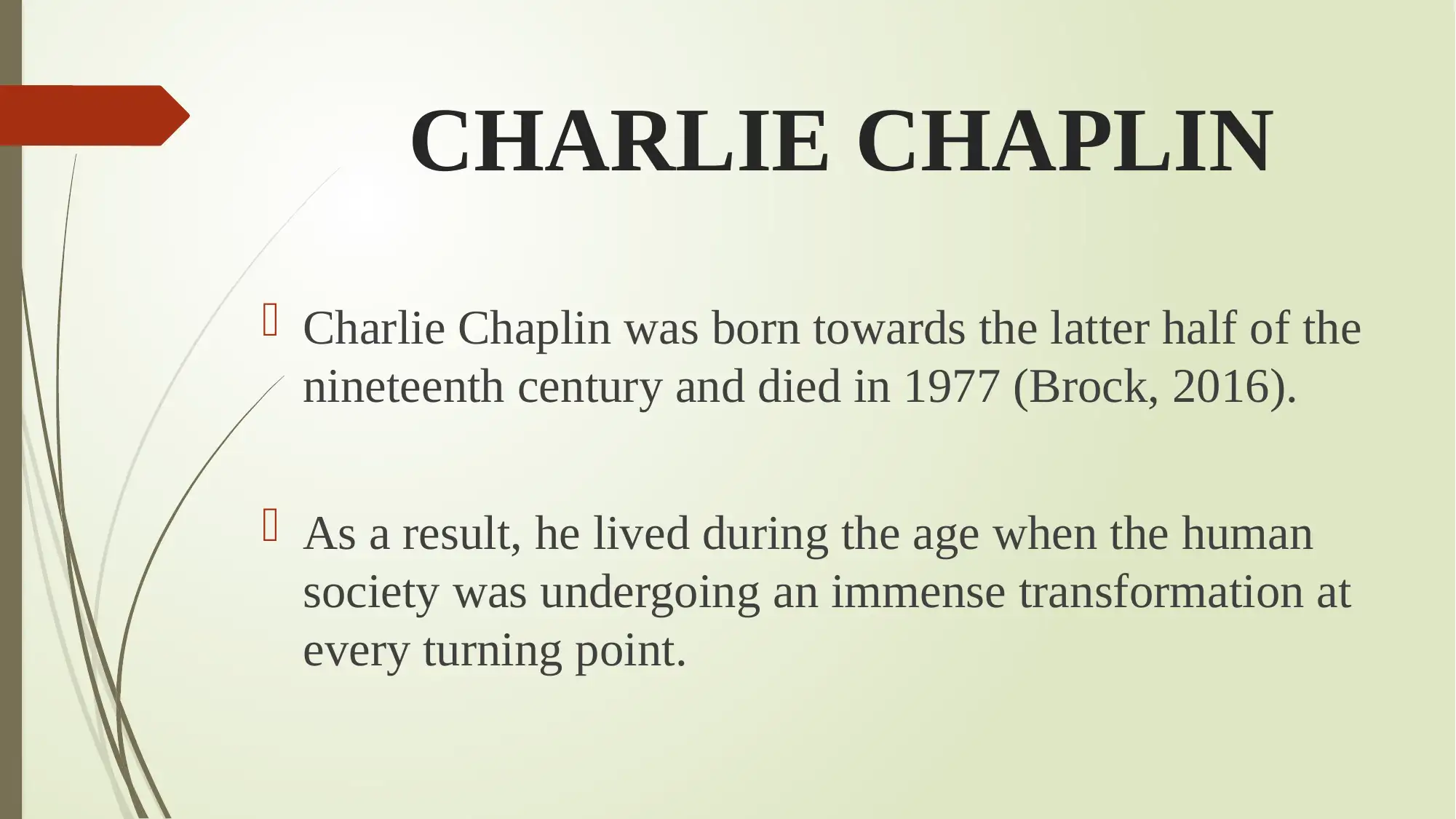
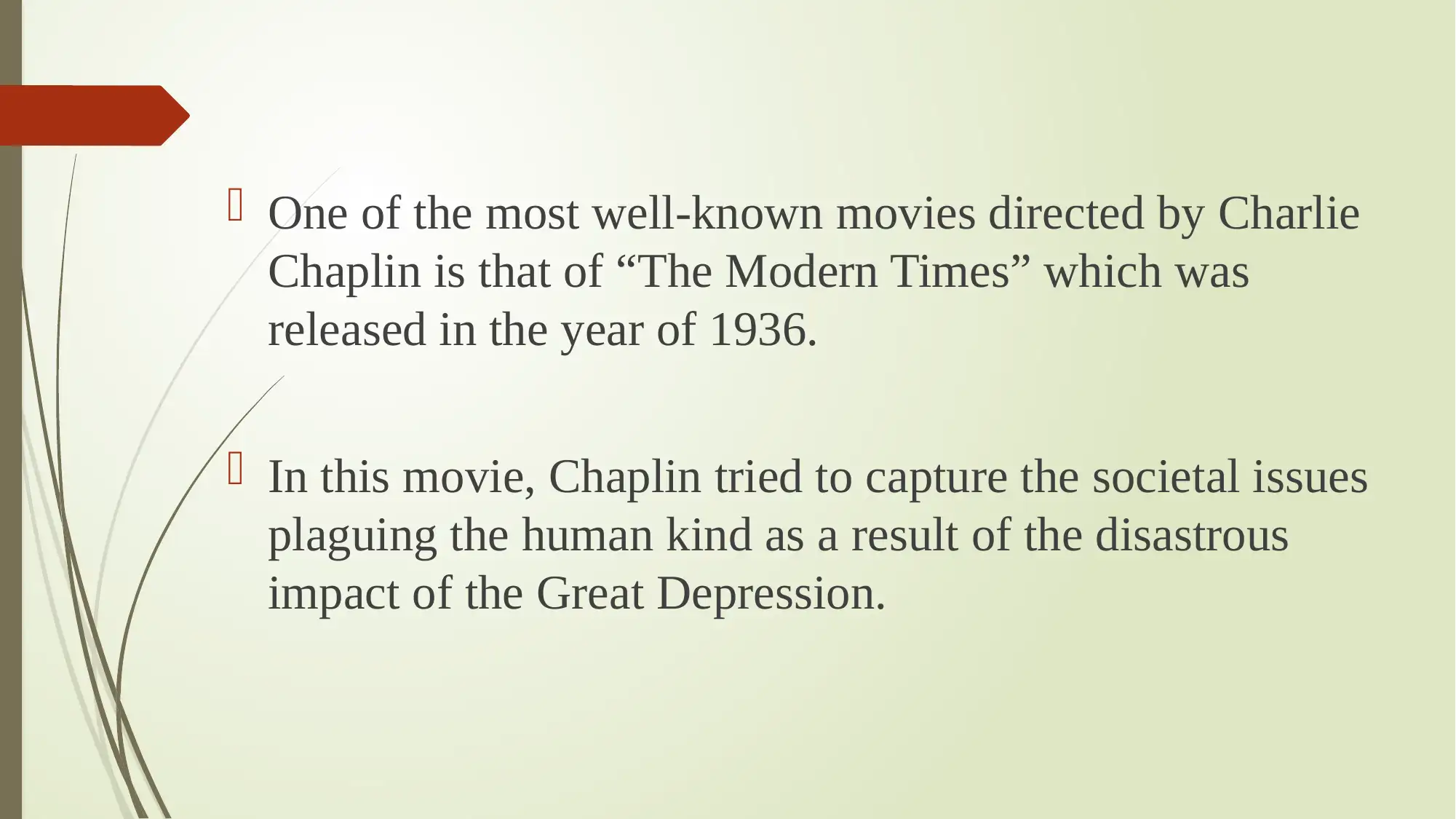
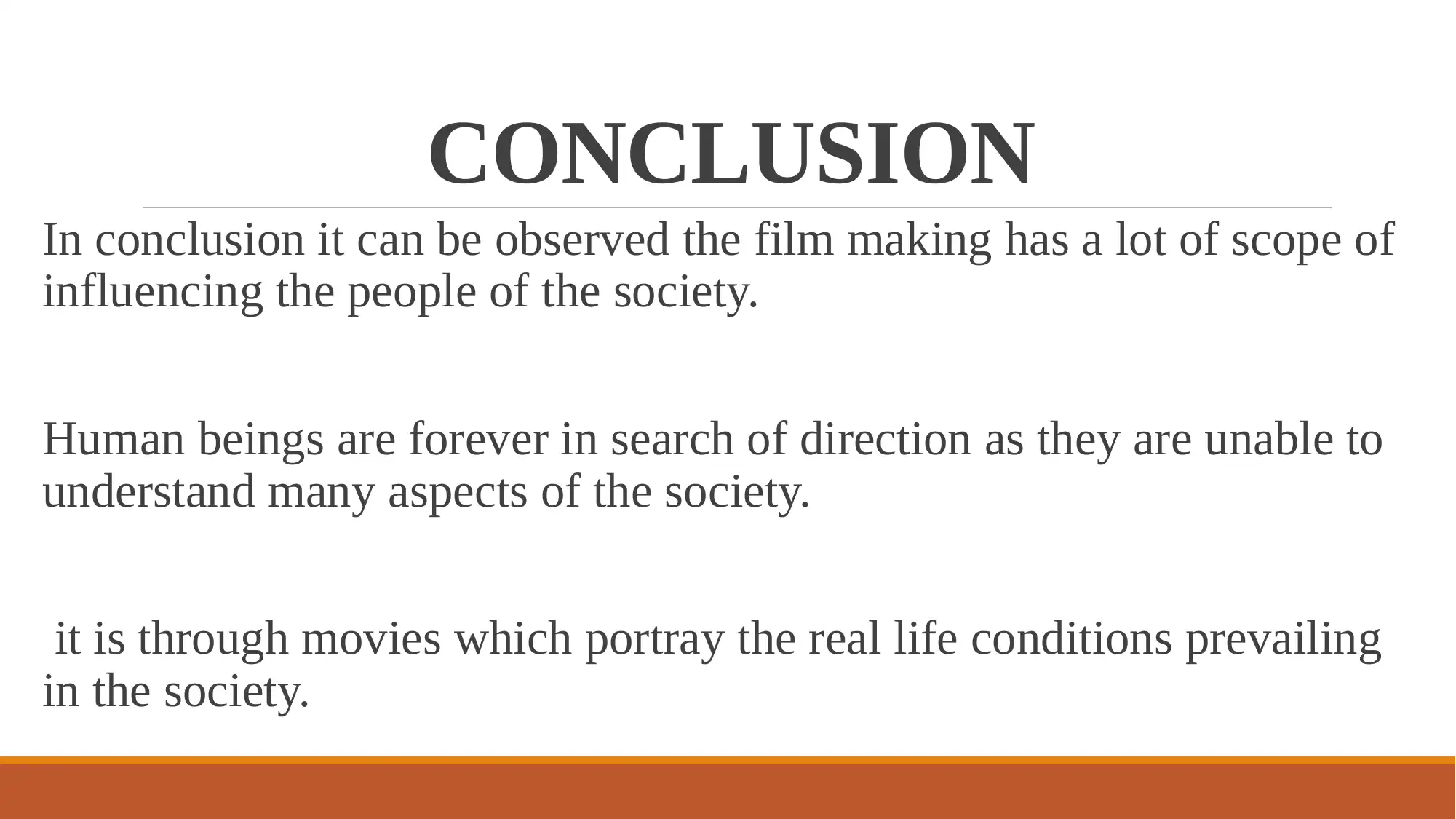
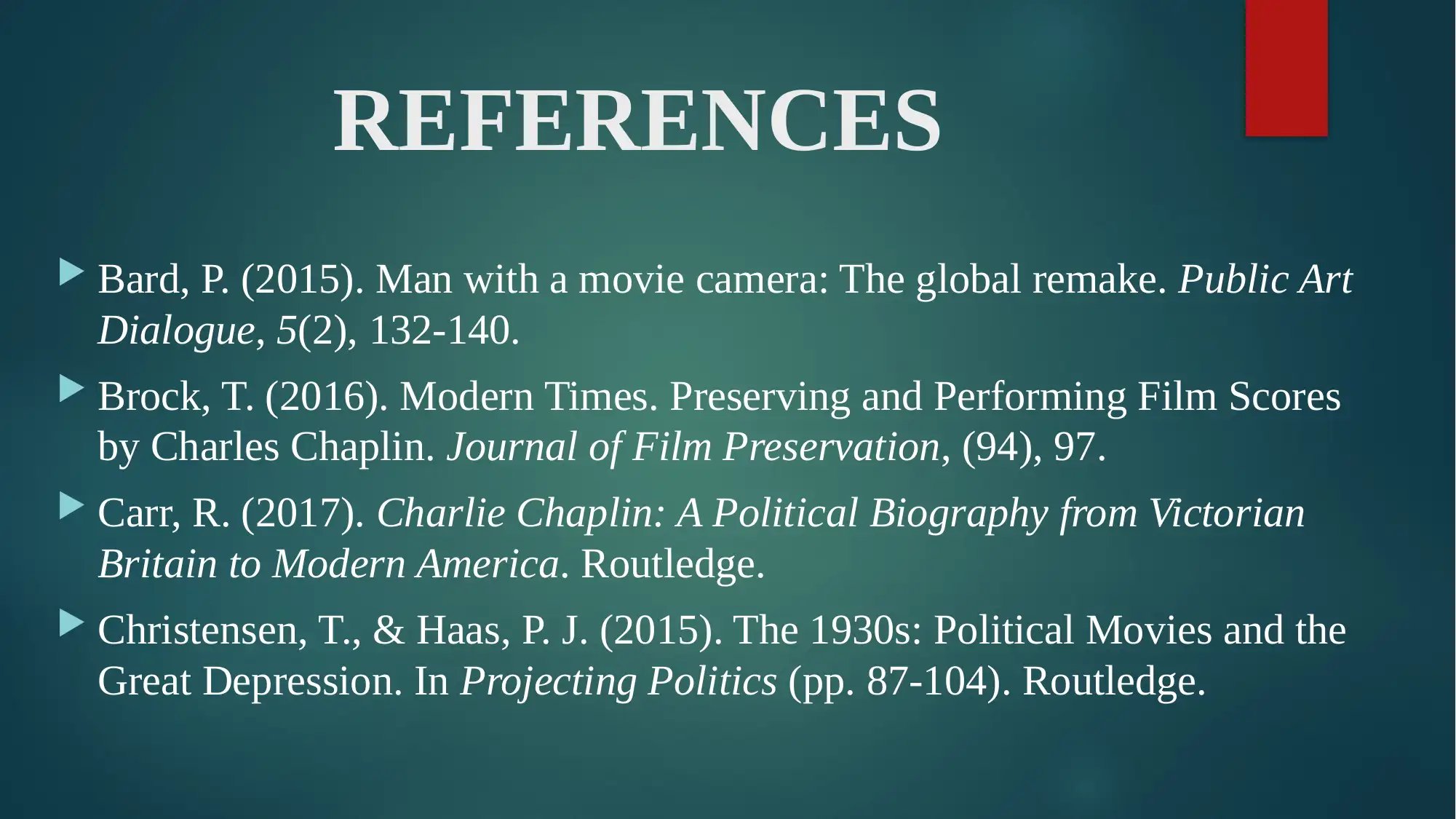
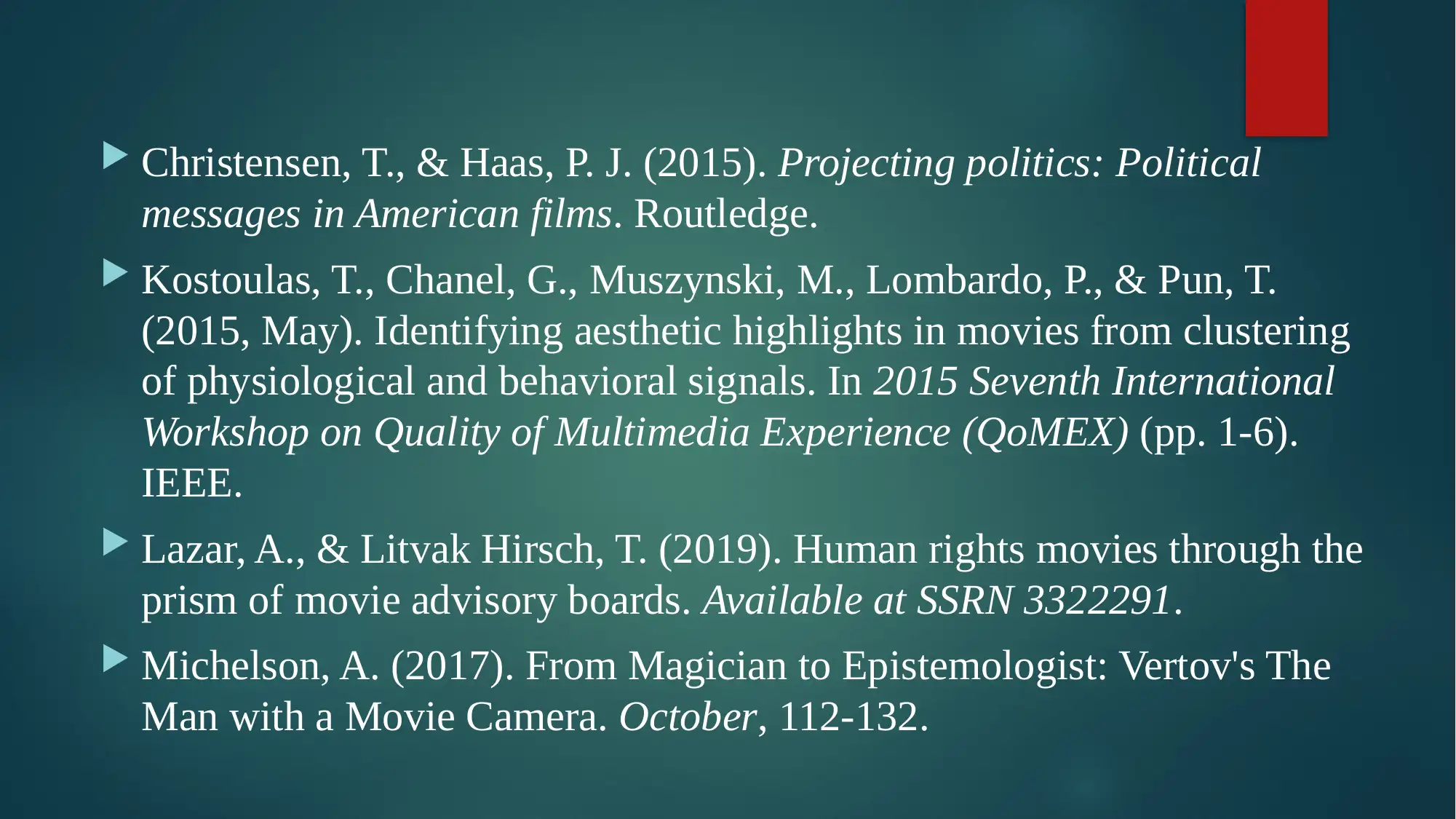
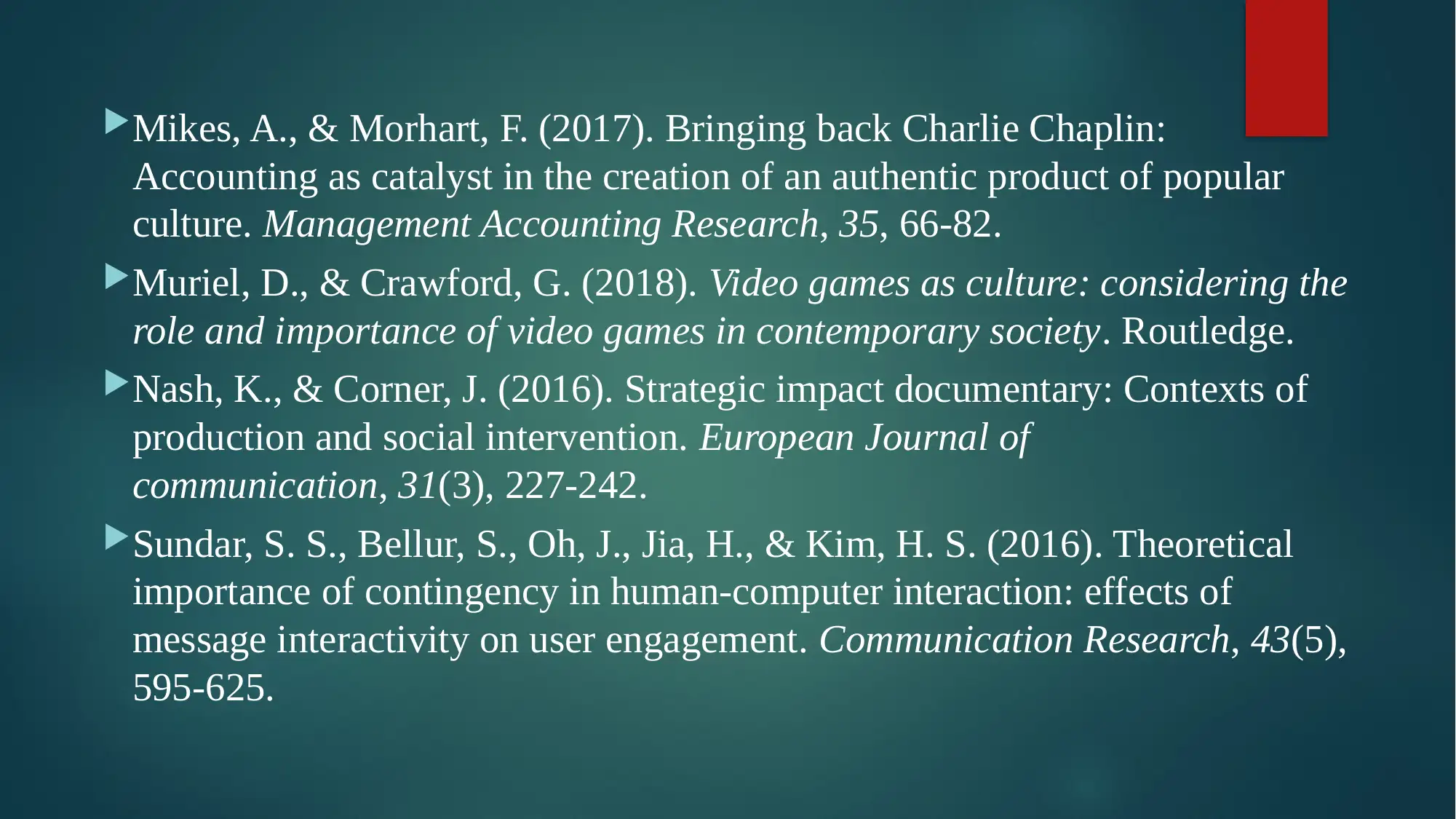



![[object Object]](/_next/static/media/star-bottom.7253800d.svg)